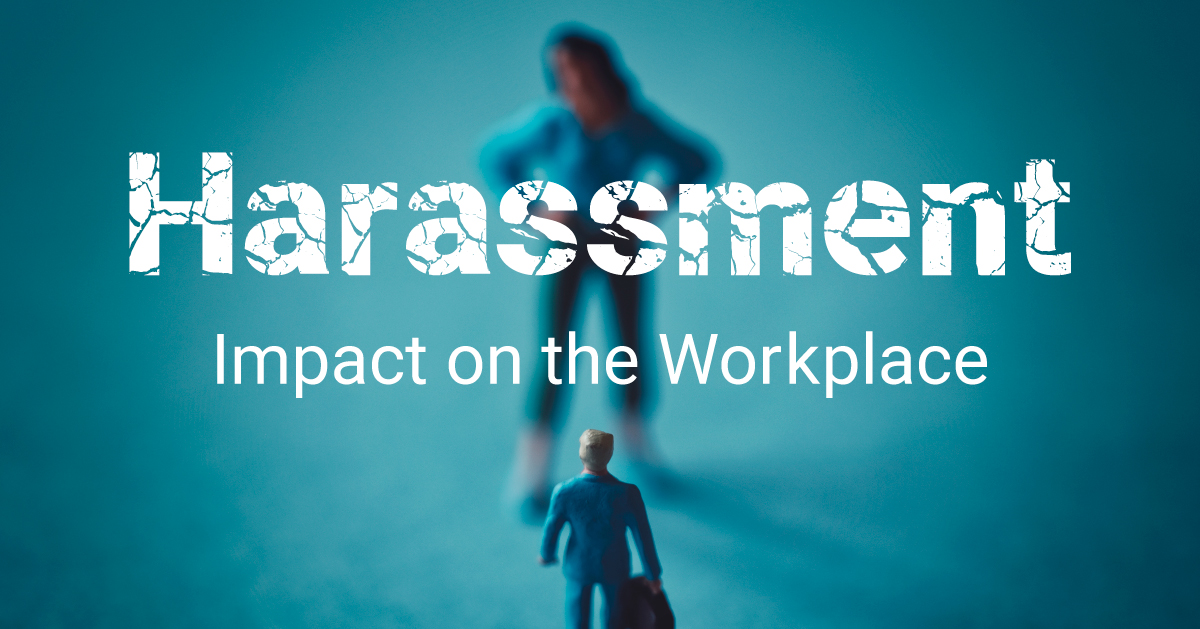What is Marital Harassment (Mariharassment)? Examples in the workplace and measures to prevent damage

In workplace relationships where a diverse workforce is active, unexpected words and actions can be damaging to others. In recent years, harassing words and actions related to unmarried people have come to light as "marital harassment.
What disadvantages does marital harassment bring to the workplace? And how should countermeasures be taken? This article explains the basics of marriage harassment, touching on factors and examples of its occurrence.
Contents
- 01What is Marital Harassment (Marriage Harassment)?
- What is Marriage Harassment?
- Types of harassment likely to occur in the workplace
- Disadvantages of Marriage Harassment for Companies
- 02Factors and Examples of Marriage Harassment in the Workplace
- Factors that cause Marriage Harassment in the Workplace
- Cases of Marital Harassment in the Workplace
What is Marital Harassment (Marriage Harassment)?

Marital Harassment can occur in the workplace. First, let's take a look at the characteristics of marital harassment and the types of harassment to watch out for in the workplace.
What is Marriage Harassment?
Marriage harassment refers to harassing words and actions related to unmarried people.It is also known as "marital harassment.
Marriage harassment is primarily characterized by the imposition of values based on the assumption that one is married. It shares some similarities with "solo harassment" (solo-harassment), in which harassing words and actions are directed at single people. Even if it is intended as a joke, words and actions that hurt or make others feel uncomfortable are a major problem.
In general, marriage harassment tends to be committed by married people against unmarried people. In the workplace, victimization can occur regardless of one's professional position. It should be noted not only from superiors to subordinates, but also in relationships such as between coworkers.
Types of harassment likely to occur in the workplace
Maternity Harassment (Maternal Harassment)
It is the use of harassing words or actions toward a female employee related to pregnancy, childbirth, or childcare. Any action that discourages the use of the company's leave system also constitutes harassment.
Power Harassment (Power Harassment)
It refers to taking advantage of a superior relationship in the workplace to say or do something that causes physical or emotional distress. It damages the victim and worsens the work environment.
Sexual Harassment (Sexual Harassment)
It refers to the infliction of physical or emotional pain by sexual words or actions that are against the will of the other person. Any employee, regardless of gender, can be a perpetrator or a victim.
Social Harassment (Sohar Harassment)
This term refers to harassing words and actions using social networking sites. It causes distress by stepping into a person's private life against his/her will.
Disadvantages of Marriage Harassment for Companies
When marital harassment is rampant in an organization, the victim's mental and physical health may be compromised. Not only does it cause a loss of motivation at work, but there is also a risk that it may lead to job turnover.
It is believed that there are many cases of marriage harassment that go unrecognized, making it easy for the problem to go unrecognized within the company. If the damage is repeated, it can have a negative impact on relationships within the company.
Back to ContentsFactors and Examples of Marriage Harassment in the Workplace

Why does marital harassment occur in the workplace? Here are some of the factors that can lead to the occurrence of marital harassment and the specific words and actions that constitute marital harassment.
Factors that cause Marriage Harassment in the Workplace
In many cases of marital harassment, the perpetrators themselves do not recognize their own words and actions as harassment. It does not necessarily mean that the harassment is done with malicious intent.
For example, many perpetrators may feel that they were just meddling because they were worried about their partner, or that they meant well and said what they said without any malice at all. These circumstances are thought to be one of the reasons why marital harassment occurs.
That is why it is important to promote understanding that regardless of the intent of the statement, if the victim feels emotional distress, it constitutes harassment.
Cases of Marital Harassment in the Workplace
Let's review some specific examples of what kind of behavior in workplace relationships constitutes marital harassment.
The first example is the persistent topic of marriage. Asking about the existence of a partner or mentioning private information should be done with caution in order to prevent harassment.
Examples of NG behavior
Why aren't you married?"
Maybe it's time to start getting married."
Is there anyone you'd rather marry?"
It's nice to be single and carefree."
Another typical example of marriage harassment is to deny the values of those who are not married.
Examples of NG behavior
That's why you can't get married."
Get married early, have children, and become a man."
Marriage is a woman's happiness."
Causing disadvantages on the job because of unmarried status also constitutes marital harassment. It is one of the cases that should be especially noted in the workplace.
Examples of NG behavior
'You're single, so you can work on your days off, right?'
I can't give you a responsible job because I'm leaving after I marry my boyfriend anyway."
In addition to the above cases, there are many other cases of marriage harassment. Corporate anti-harassment measures require an understanding of a wide variety of cases, as well as a response that is close to the victim.
Back to ContentsHow Companies Can Prevent Marriage Harassment

Your company's employees may also be perpetrators or victims of marital harassment. Take measures to prevent harassment and strive to create a safe working environment.
Establish an internal harassment consultation service
This is a method whereby a specialized consultation service is available to employees to help them resolve their problems. Along with power harassment and sexual harassment, it is also a good idea to seek advice on marital harassment. Please let your employees know that you can handle a wide range of cases.
The Harassment Consultation Service must be staffed by a person with expertise in harassment. This is because it is essential not only to confirm the facts and consider measures to be taken against the harasser, but also to provide support to the victim who is worried about the situation.
Establish a system to properly deal with problems that arise within the company.
Onboarding
Harassment training is a training program designed to deepen understanding of various types of harassment and to prevent organizational harassment. Through training, many employees are made aware of the existence of marital harassment, learn how to deal with it, and help prevent damage.
It is also considered effective to conduct online training. The advantage of online training is that it is not restricted by time or location, allowing for flexible and steady employee training to accommodate diverse work styles.
You may want to consider this as part of your anti-harassment policy.
Enhance employee training to prevent marriage harassment.
The basic knowledge of marriage harassment, including examples and countermeasures, was explained. Organizational efforts are required at each company to prevent damage caused by marriage harassment that may occur in the workplace.
For in-house elearning courses, learningBOX will help you effectively.
learningBOX is a cloud-based elearning platform
and you can easily build training courses online.
Created content will be delivered to employees and you can track their learning progress.
In addition to the flexible content creation, personalized learning will boost each employee's understanding and knowledge by customizable settings.
There will be something you can do to improve your work environment.
▼You may also like:
Back to Contents Back to Article List


















